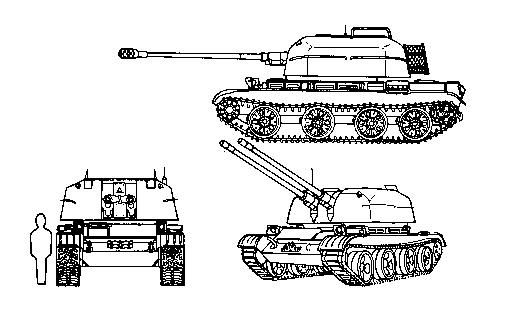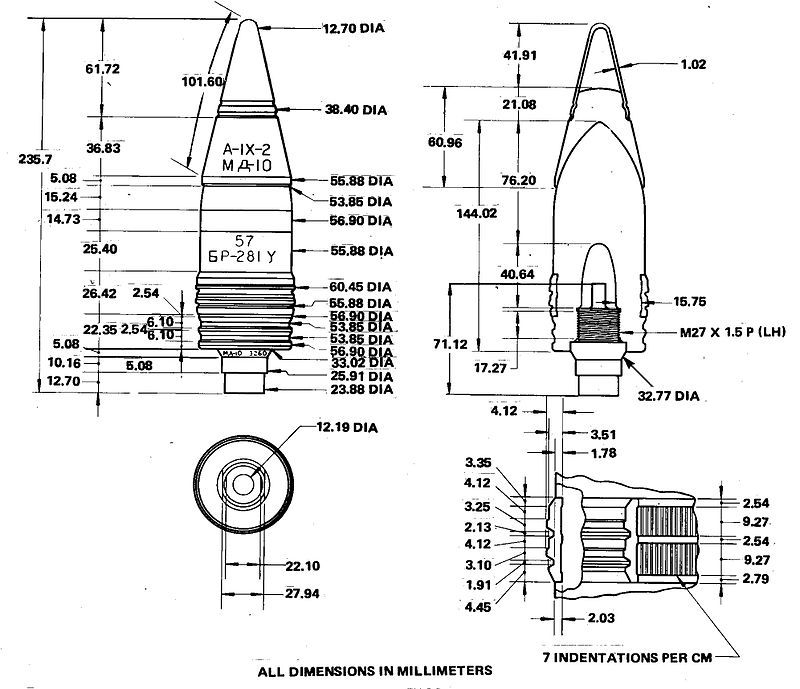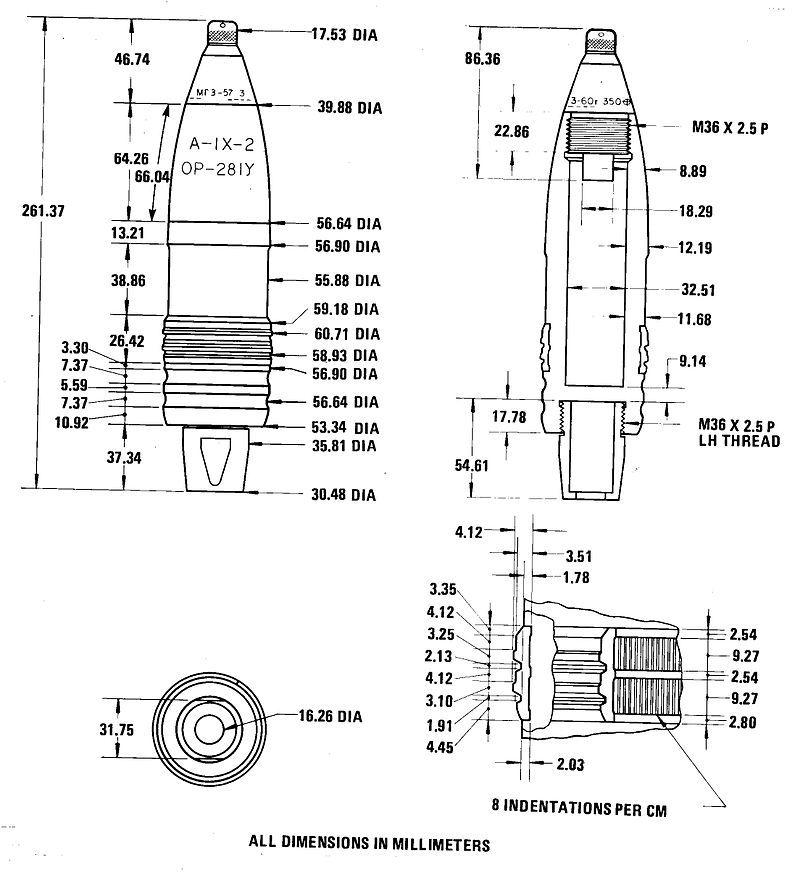Egyptian ZSU-57-2
- General Bradly
- Jun 8, 2019
- 4 min read
The ZSU-57-2 is a Soviet self-propelled anti-aircraft gun (SPAAG), armed with two 57 mm autocannons. 'ZSU' stands for Zenitnaya Samokhodnaya Ustanovka, meaning "anti-aircraft self-propelled mount". It was the first Soviet mass-produced tracked SPAAG. In the USSR it had the unofficial nickname "Sparka", meaning "twin mount", referring to the twin autocannon with which the vehicle is armed.
Design and development

During World War II, ground-attack aircraft emerged as a significant threat to mechanized units on the move. This experience made it clear that an anti-aircraft tracked vehicle was needed. For several years after World War II there were no new SPAAG models in the USSR except for the BTR-152A and the BTR-40A wheeled SPAAGs. The need for a new tracked AA vehicle was apparent. The prototype of the ZSU-57-2 was finished in 1950 and officially entered service in the Soviet Army in 1955. The final design used a modified T-54 chassis, with four twin road wheels per side instead of five, and much thinner armour. The vehicle was armed with twin 57 mm S-68 autocannon in a new, large, rotating, open-topped turret.
Sighting system and turret

To aim the guns, base data such as the target's speed, direction and range must be entered into the sighting system by the sight adjuster, who sits to the left of the guns at the rear of the turret. To fire the guns, the breeches must first be opened. The left and right loaders feed clips into the twin autocannon manually as needed, similar to the Bofors 40mm. The gunner, seated on the left hand side in the middle of the turret, aims ("lays") the gun and opens fire using an electric trigger, which fires both barrels, or two foot pedals, which can fire either barrel independently.
Turret design

The twin S-68s are recoil-operated and weigh 4,500 kg. Their construction was based on two 57 mm S-60 AA autocannons. They can be elevated or depressed between -5° and +85° at a speed of between 0.3° and 20° per second, the turret can traverse 360° at a speed of between 0.2° and 36° per second. Drive is from a direct current electric motor and universal hydraulic speed gears (a manual mechanical drive is also provided in case of electrohydraulic failure; with the use of mechanical drive.
Armament and ammunition

The twin S-68s are recoil-operated and weigh 4,500 kg. Their construction was based on two 57 mm S-60 AA autocannons. They can be elevated or depressed between -5° and +85°. The guns firing together are capable of firing up to 210–240 fragmentation and armour-piercing tracer (AP-T) shells per minute, with a practical rate of fire of between 100 and 140 rounds per minute. The S-68 autocannon was the most powerful AA gun installed on SPAAGs at that time. A direct hit of a single 57 mm shell could destroy a contemporary jet aircraft.


Weaknesses of the design
The main weakness of the ZSU-57-2 was the lack of a search or fire-control radar; the vehicle was equipped with an optical mechanical computing (analog) reflex sight as the sole fire control system, so it could engage visible targets only. Also, the manual gunlaying and manual clip loading was not good enough, the rate of fire is not high enough, particularly considering that air-cooled barrels require quite long pauses for cooling at high rates of fire and the turret traverse is not fast enough to effectively intercept high-speed attack jet aircraft at low altitudes. The vehicle cannot perform aimed fire on the move.

Combat & Service history
The ZSU-57-2 officially entered service with the Soviet Army in 1955 and began replacing BTR-40A's and BTR-152A's in the anti-aircraft batteries of tank regiments in 1957. The anti-aircraft performance of the ZSU-57-2, however, was quickly found to be unsatisfactory and, because of rapid air force development, the vehicle was deemed obsolete by the early 1960s. Unpopular in the Soviet Army, the ZSU-57-2 was completely replaced by ZSU-23-4s by the early 1970s.
Egyptian ZSU-57-2 in 1967 war
Combat in Arab-Israeli wars
ZSU-57-2s were exported like other Soviet equipment to the Warsaw Pact Armies as well as Soviet allies in Asia, Africa and the Middle East. Egypt ordered 100 ZSU-57-2s in 1960 from Soviet Union and they were delivered between 1961 and 1962. Syria ordered 250 in 1966 from Soviet Union and delivered between 1967 and 1973. Iraq ordered 100 ZSU-57-2s in 1970 from Soviet Union, which were delivered between 1971 and 1973.
Egyptian ZSU-57-2 in 1973 war
ZSU-57-2s were used during several conflicts in the Middle East including the Six-Day War in 1967 and the Yom Kippur War in 1973, in both cases by Egypt and Syria and by Iraq in 1973. A battery of Egyptian ZSU-57-2s together with T-34s defended El-Arish airstrip. These were defeated by a company of Israeli M48 Patton MBTs belonging to the 7th Armored Brigade during an intense action on 6 June 1967. ZSU-57-2s were not generally successful and a number were captured and fell into Israeli hands.
Egyptian ZSU-57-2 in 1973 war
The excellent model and original texture was created by Volgalgor. Illness88 created the beautiful Egyptian textures for us. That's all for this update stay tuned for more.































Comments